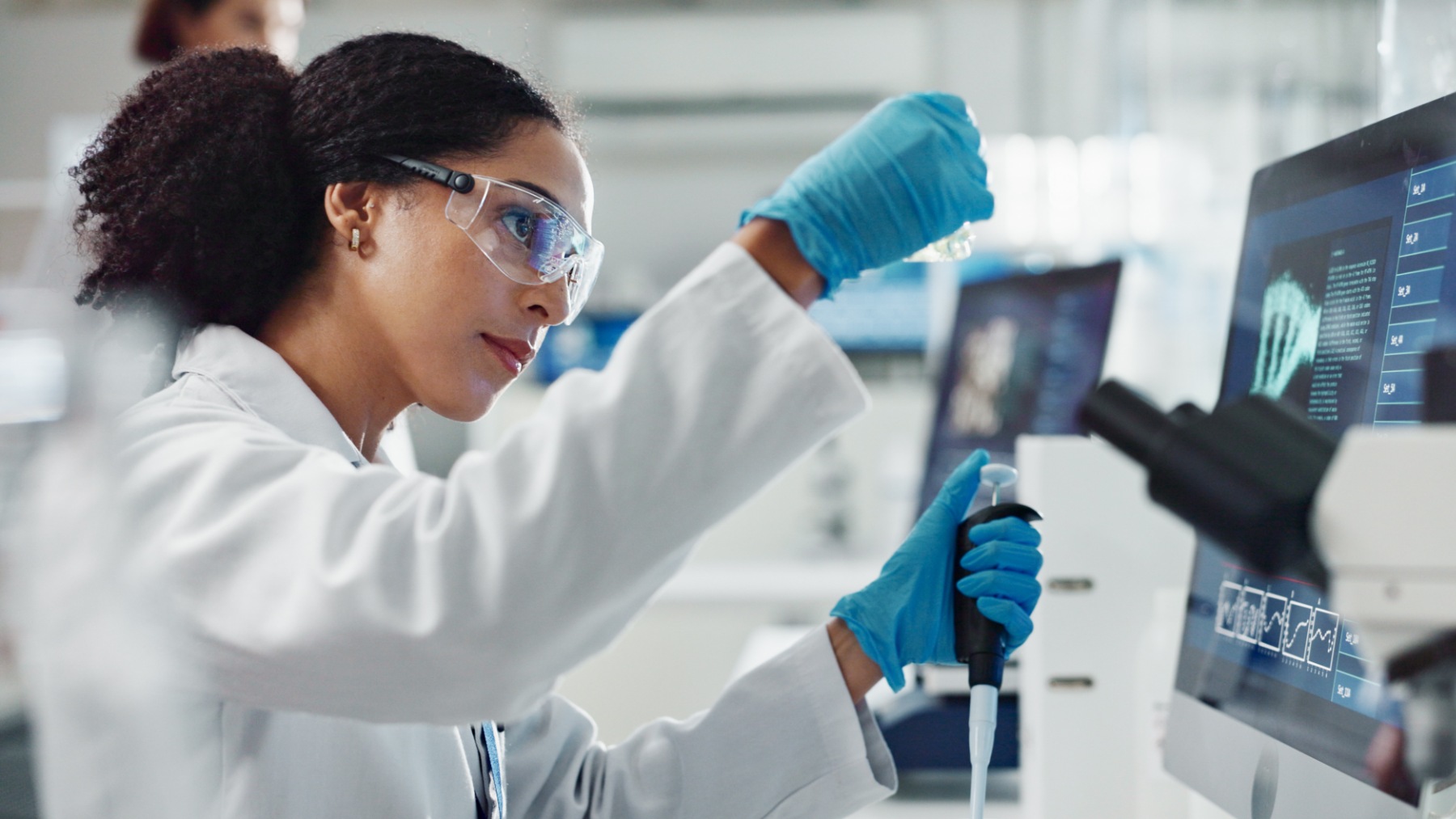In a remarkable scientific advancement, researchers have discovered bacteria capable of “breathing” electricity, opening new avenues for sustainable energy solutions and biotechnological innovations. These microorganisms utilize a unique metabolic process, allowing them to generate energy by transferring electrons to external surfaces, rather than relying on oxygen.
⚡ The Science Behind Electricity-Breathing Bacteria
Traditionally, organisms derive energy through respiration, using oxygen to metabolize nutrients. However, certain bacteria have evolved an alternative mechanism known as extracellular respiration. In this process, bacteria expel electrons directly to conductive materials in their environment, effectively “breathing” electricity. This adaptation enables them to survive in oxygen-deprived environments such as deep-sea vents and subsurface sediments.
A notable example is the genus Geobacter, which produces protein nanowires to facilitate electron transfer. These nanowires act as biological conduits, allowing electrons to move efficiently across cellular structures . Similarly, Shewanella species extend their outer membranes to form conductive appendages, enabling electron transport over considerable distances.
🔬 Recent Discoveries and Their Implications
Recent studies have identified a new species of cable bacteria, Candidatus Electrothrix yaqonensis, discovered in the brackish waters of Oregon. This bacterium exhibits high electrical conductivity and possesses unique structural features, including thick surface ridges and a protective sheath. Its ability to adapt to varying salinity levels and efficiently transfer electrons positions it as a potential candidate for bioelectronic applications.
Laboratory experiments have demonstrated that these bacteria can sustain themselves by discharging electrons externally. When placed on conductive materials, they continue to grow and generate electricity, effectively breathing through the surface.
🌍 Potential Applications in Energy and Technology
The unique properties of electricity-breathing bacteria present numerous opportunities across various sectors:
- Bioenergy Production: Harnessing these bacteria in microbial fuel cells could lead to efficient, sustainable energy generation, particularly in remote or off-grid locations.
- Environmental Remediation: Their ability to transfer electrons to metals suggests potential in detoxifying environments contaminated with heavy metals or radioactive substances.
- Bioelectronics: Incorporating bacterial nanowires into electronic devices could pave the way for biodegradable electronics and biosensors, reducing electronic waste and enhancing biocompatibility.
- Space Exploration: Given their resilience in extreme conditions, these bacteria could play a role in life-support systems and energy production in extraterrestrial environments .
🧪 Challenges and Future Research
While the prospects are promising, several challenges must be addressed to fully realize the potential of electricity-breathing bacteria:
- Scalability: Developing methods to cultivate and maintain large populations of these bacteria for industrial applications.
- Integration: Ensuring compatibility between bacterial systems and existing technological infrastructures.
- Stability: Maintaining consistent performance of bacterial systems under varying environmental conditions.
Ongoing research aims to overcome these hurdles, with interdisciplinary collaborations between microbiologists, engineers, and material scientists driving innovation in this field.
🔮 Conclusion
The discovery of electricity-breathing bacteria marks a significant milestone in our understanding of microbial metabolism and its applications. By leveraging these organisms’ unique abilities, we can explore sustainable solutions to energy production, environmental remediation, and technological development. As research progresses, these microscopic powerhouses may play a pivotal role in shaping a more sustainable and technologically advanced future.
